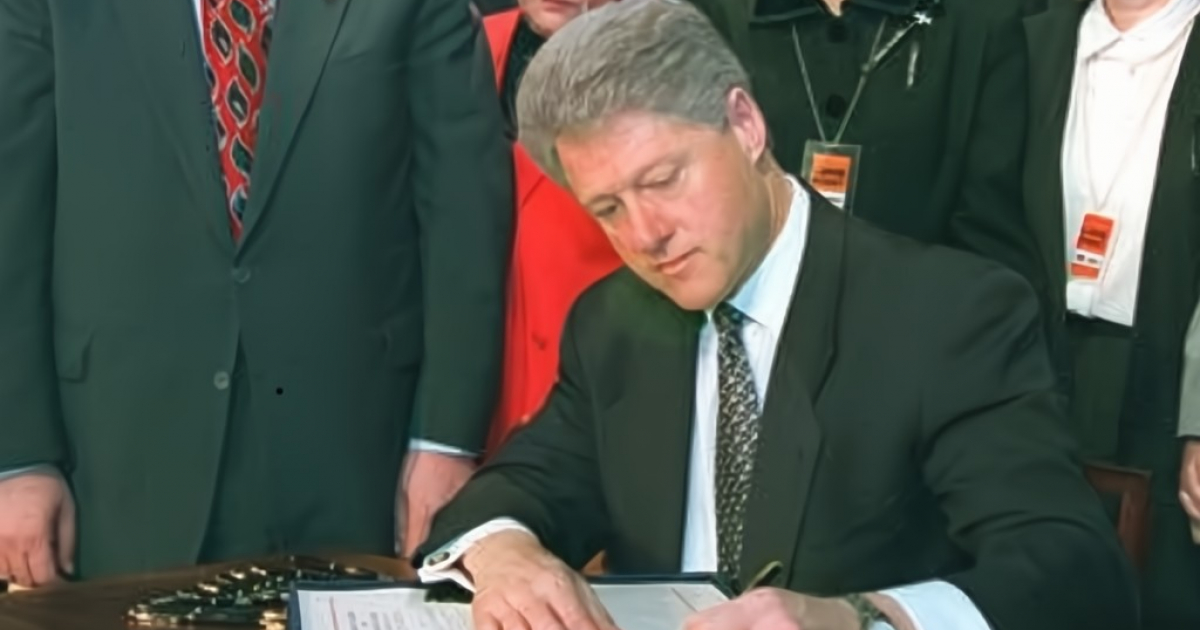
The Helms-Burton Law, officially known as the Cuban Liberty and Democratic Solidarity Act, was signed into law on March 12, 1996, by then-President Bill Clinton. This legislation was enacted against a backdrop of increasing tensions between the United States and Cuba, particularly following the downing of two civilian aircraft belonging to the Cuban exile organization "Hermanos al Rescate" by the Cuban Air Force on February 24, 1996. This incident, which resulted in the deaths of four individuals, intensified the calls in the United States for a tougher stance against Fidel Castro's regime, fostering bipartisan support for the law.
The purpose of the Helms-Burton Act was to strengthen and continue the economic embargo imposed on Cuba by the United States since the early 1960s, aiming to pressure for democratic changes and improvements in human rights on the island. The law sought to achieve these objectives through various mechanisms, including penalizing foreign companies and citizens that invested in Cuban properties that had been expropriated from American citizens after the Cuban revolution. Additionally, it established conditions for lifting the embargo, linking any normalization of relations between the United States and Cuba to the implementation of democratic reforms and respect for human rights on the island.
The signing of the Helms-Burton Act marked a significant moment in the relations between the United States and Cuba, solidifying the embargo as a tool of U.S. foreign policy toward Cuba. Despite international criticism and rejection, particularly regarding the extraterritorial implications of some of its provisions, the law has remained a key component in the U.S. strategy to influence change within Cuba. The legislation reflects the complex interplay of U.S. domestic politics, international law, and the aspirations for democratization and respect for human rights in Cuba.

